| SEPARATING an EGG : This is hands-down the easiest way to separate the yolk from the egg white: Just squeeze the water bottle, hold it over the yolk, then release your grip and the yellow middle will get sucked right up. VACATION HOME SPICE RACK * fill empty tic tac boxes with the spices that you like to use. |
|
0 Comments
Seafood Tips
When shopping for fish, look for those in the case with firm, translucent flesh. Any fish you buy should smell like the sea. Whole fish should have clear eyes, and red gills. These features mean freshness. Texture of fish - the main difference between fish is the fat content and texture of the flesh.
Note: a nice trick if you do not have a thermometer is to insert a metal skewer or pairing knife into the deepest part of the flesh and hold it there for a few seconds. Immediately remove it and test it on your lower lip or wrist like testing a baby's milk for the bottle. If the metal is lukewarm you know it is under 98.6 (body temp) If it is piping hot, it is probably done. This is how chefs did it before thermometers were commonplace in kitchens.
Cook until the shell opens. Discard any unopened shellfish. They can be steamed, broiled, or placed directly on a grill. 45 Uses for Vinegar
Wow look at the the different uses for vinegar! 1. Freshen up the fridge. Clean the shelves and walls with a solution of half water and half vinegar. 2. Brighten coffee cups and teacups. Gently scrub stains with equal parts vinegar and salt (or baking soda). 3. Eliminate odors. Swab plastic containers with a cloth dampened with vinegar. 4. Kill bathroom germs. Spray full-strength vinegar around the sink and tub. Wipe clean with a damp cloth. 5. Save a garment. To remove light scorch marks on fabrics, rub gently with vinegar. Wipe with a clean cloth. This technique also works on antiperspirant stains. 6. Tidy up a toilet. Pour a cup or more of diluted white distilled vinegar into the bowl. Let sit several hours or overnight. Scrub well with a toilet brush and flush. 7. Lose the carpet stain. Make a paste of 2 tablespoons white distilled vinegar and ¼ cup salt or baking soda. Rub into the stain and let dry. Vacuum the residue the next day. (Always test an out-of-sight part of the carpet first.) 8. Renew paint brushes. To remove old paint, place brushes in a pot with vinegar. Soak for an hour, then turn on the stove and bring the vinegar to a simmer. Drain and rinse clean. 9. Wipe off a dirty faucet. To get rid of lime buildup, make a paste of 1 teaspoon vinegar and 2 tablespoons salt. Apply to sink fixtures and rub with a cloth. 10. Stop static cling. Add ½ cup of white distilled vinegar to your wash cycle. The acid reduces static and keeps dryer lint from sticking to your clothes. 11. Make old socks look new. Get the stains out of old socks and sweaty gym clothes by soaking them in a vinegar solution. Add 1 cup of white distilled vinegar to a large pot of water, bring to a boil and drop in the stained clothes. Let them soak overnight, and in the morning stained clothes are fresh and bright. 12. Restore handbags and shoes. Wipe white distilled vinegar on scuffed leather bags and shoes. It will restore their shine and help hide the marks. 13. Banish weeds. Pour white distilled vinegar on the weeds growing in the cracks of your walkway and driveway. Saturate the plant so the vinegar reaches the roots. 14. Liven droopy flowers. Don’t throw out cut flowers once they start to wilt. Instead, add two tablespoons of white vinegar and one teaspoon of sugar to a quart of water. Pour the solution into your vase, and the flowers will perk up. 15. Put an end to itching. Dab a cotton ball soaked in white vinegar on mosquito bites and insect stings. It will stop them from itching and help disinfect the area so they heal faster. 16. Whiten your teeth. Brush your teeth once a week with white distilled vinegar. Dip your toothbrush into the vinegar and brush thoroughly. It will help prevent bad breath, too. 17. Make nail polish last longer. Before you apply your favorite polish, wipe your nails with a cotton ball soaked in white distilled vinegar. The clean surface will help your manicure last. 18. Keep car windows frost-free. Prevent windows from frosting over in a storm by coating them with a solution of three parts white distilled vinegar to one part water. The acidity hinders ice, so you won’t have to wake up early to scrape off your car. 19. Let your dog shine. Spray your dog with one cup white distilled vinegar mixed with one quart water. The solution is a cheap alternative to expensive pet-care products, plus the vinegar will help repel pests like fleas and ticks. 20. Battle litter-box odor. Cat litter can leave behind an unwelcome smell. Eliminate it by pouring a half-inch of white distilled vinegar into the empty litter box. Let stand for 20 minutes, then rinse with cold water. 21. Kill bacteria in meat. Marinating in vinegar knocks out bacteria and tenderizes the meat. Create a marinade by adding ¼ cup balsamic vinegar for every 2 pounds of meat to your own blend of herbs and spices. Let the meat sit anywhere from 20 minutes to 24 hours, depending on how strong you want the flavor, then cook it in the morning without rinsing. 22. Prevent cracked eggs. Prevent eggs from cracking as they hard-boil by adding two tablespoons of white vinegar to the water. The eggs will stay intact, and the shells will peel off more easily when you’re ready to eat them. 23. Steam away a microwave mess. Fill a small bowl with equal parts hot water and vinegar, and place it in the microwave on high for 5 minutes. As the steam fills the microwave, it loosens the mess, making clean up a breeze. 24. Repair DVDs. If you have a worn DVD that skips or freezes, wipe it down with white distilled vinegar applied to a soft cloth. Make sure the DVD is completely dry before reinserting it into the player. 25. Get those last drops. If you can’t get that final bit of mayonnaise or salad dressing out of the jar, dribble in a few drops of vinegar. Put the cap on tightly and shake. The remaining condiments will slide out. 26. Rinse fruits and vegetables. Add 2 tablespoons white distilled vinegar to one pint water. Use the mixture to wash fresh fruits and vegetables, then rinse thoroughly. The solution kills more pesticide residue than does pure water. 27. Brighter Easter eggs. Before your kids dye Easter eggs, mix 1 teaspoon of vinegar with ½ cup of hot water, then add food coloring. The vinegar keeps the dye bright and prevents the color from streaking. 28. Loosen a rusted screw. Pour vinegar onto the screw, and it will easily un-stick. 29. Remove gum. To remove gum from fabric or hair, heat a small bowl of vinegar in the microwave. Pour the warm vinegar over the gum, saturating the area. The gum will dissolve. 30. Keep cheese from molding. Wrap cheese in a vinegar-soaked cloth, then place in an airtight container and refrigerate. 31. Renew a loofah. Soak your loofah in equal parts vinegar and water for 24 hours to dissolve soap residue, then rinse in cold water. 32. Remove wax. If you get melted candle wax on your wood furniture or floors, gently wipe it away with a cloth soaked in a solution of equal parts white vinegar and water. 33. Take a relaxing bath. Add ½ cup of vinegar to warm bath water for a cheap spa session at home. The vinegar removes dead skin, leaving you feeling soft and smooth. 34. Brighten your hair. Remove hair product buildup by rinsing a tablespoon of vinegar through your hair once a month. 35. Freshen fabrics. Fill a spray bottle with white vinegar and spritz your home to neutralize odors in fabrics, carpets, shoes or any sprayable surface. 36. Erase crayon. If your kids get crayon marks on the walls or floor, dip a toothbrush in white vinegar and gently scrub. The vinegar breaks down the wax, making for an inexpensive, nontoxic way to clean up after children. 37. Sticky stickers. Don’t scratch at the residue left by stickers or price tags. Instead, apply vinegar to the gunk, let it sit for a few minutes, then wipe the glue away. 38. Clean the dishwasher and coffee pot. Reduce soap buildup and food residue by pouring a cup of vinegar into your empty dishwasher or coffee pot once a month and letting it run a full cycle. 39. Sanitize pet accidents. You can remove the stain―and smell―of your pet’s accident by mixing ¼ cup vinegar with a quart of water and blotting the mixture onto the mess with a washcloth. Continue dabbing until the spot is gone. 40. Prep for summer grilling. To remove charcoal buildup from your grill, spray white distilled vinegar on balled up aluminum foil and scrub the grate thoroughly. 41. Restore showerhead pressure. If your showerhead gets clogged with mineral deposits, soak it for 15 minutes in a mixture of ½ cup vinegar and 1 quart water. 42. Clean your scissors. When your scissor blades get sticky, wipe them down with a cloth dipped in full-strength white vinegar. Unlike soap and water, vinegar won’t ruin the blades or rust the metal. 43. Unclog drains. For a natural, nontoxic way to clean clogged pipes, pour one cup of baking soda, followed by one cup of white vinegar, down the drain. Let the products bubble and foam, then flush the pipes with a pot of boiling water. 44. Eliminate dandruff. If your scalp is feeling dry or flaky, vinegar can be a simple at-home remedy. Once a week, pour one cup of apple cider vinegar over your scalp, and let it sit for 15 minutes. Rinse thoroughly with cool water. 45. Soften your feet. Summer sandals leaving you with cracked heals and calluses? Soak your feet for 20 minutes a day in one part vinegar to two parts warm water. The vinegar removes dead skin, leaving your feet soft and smooth. |
Archives
December 2023
Categories
All
|
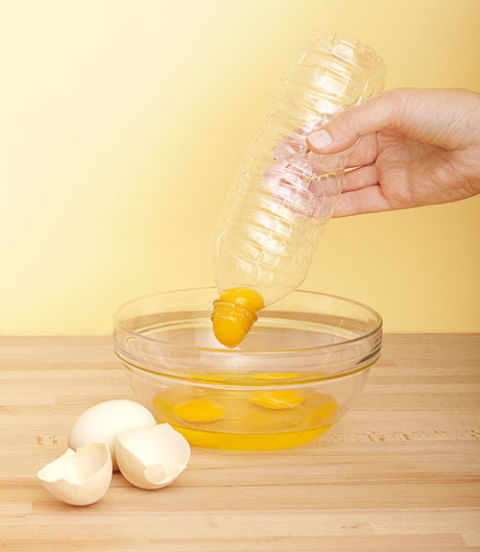
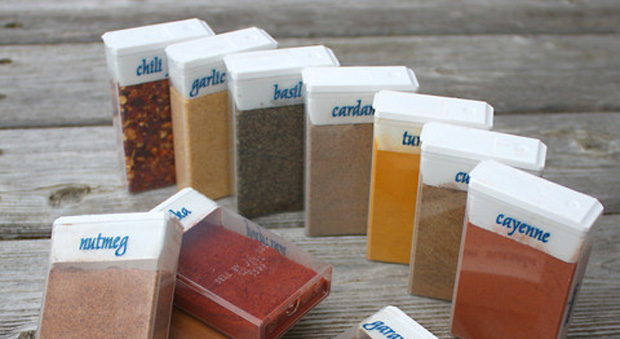
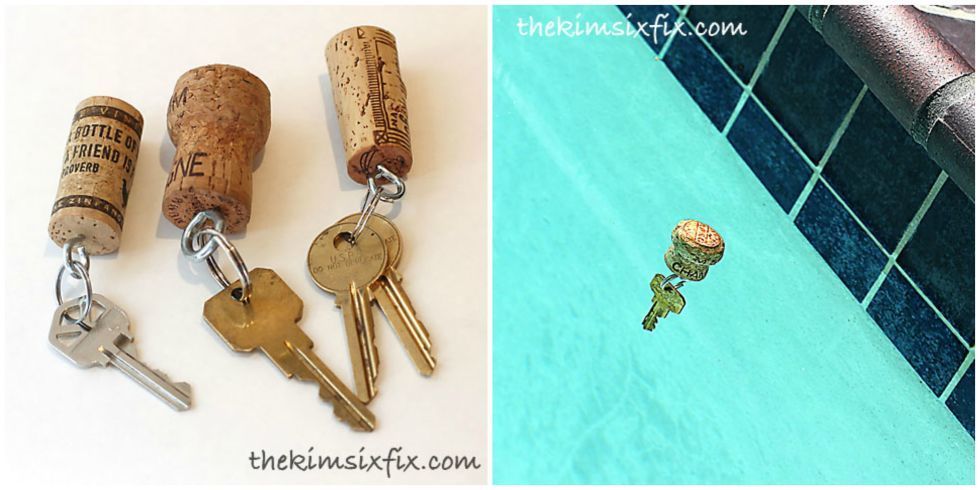
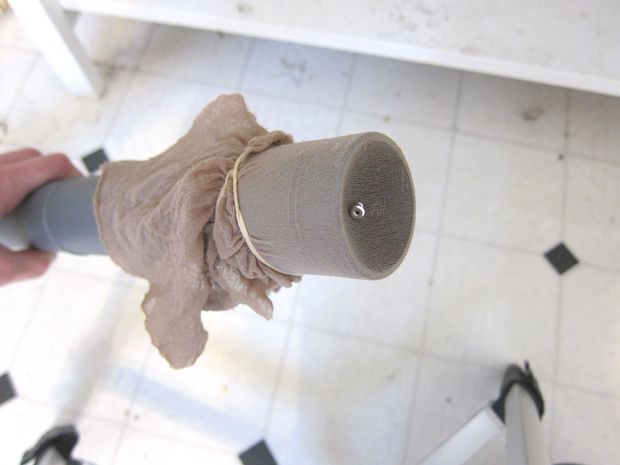
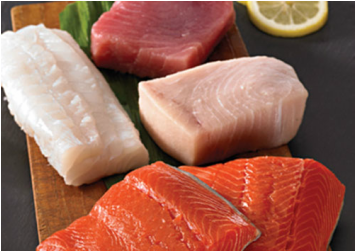
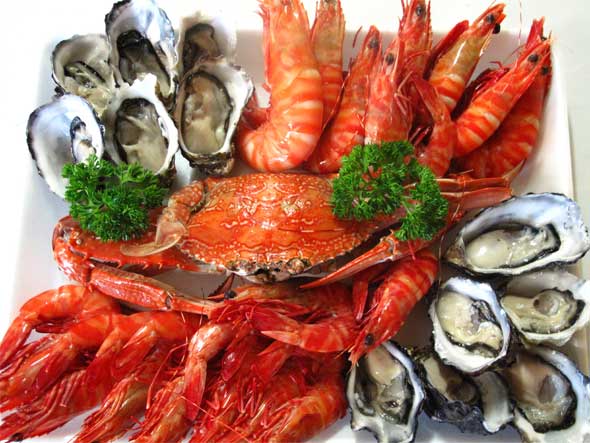
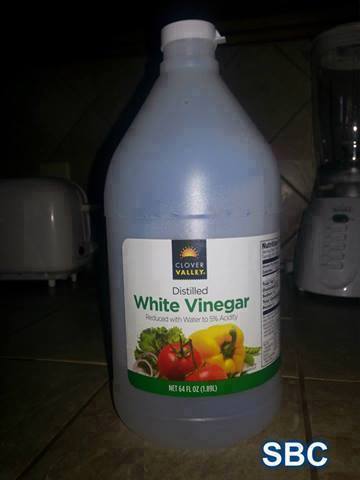
 RSS Feed
RSS Feed

